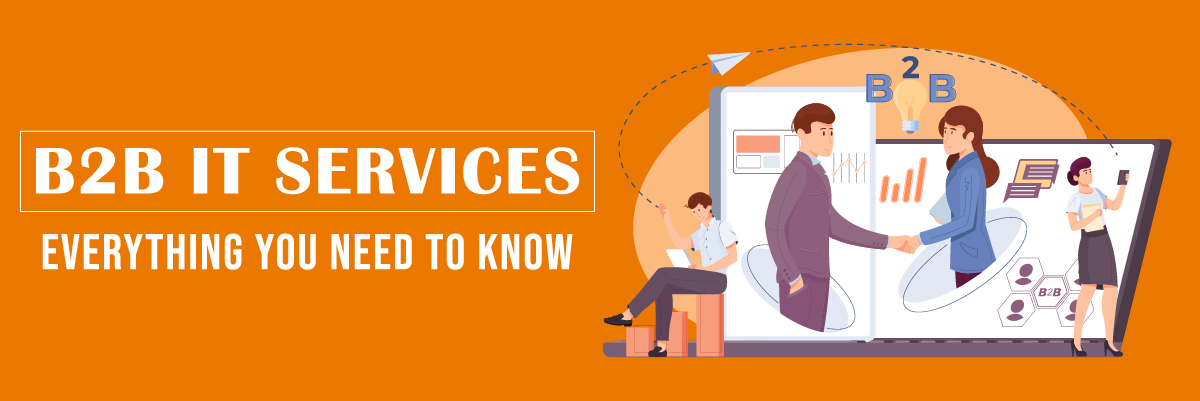Maximizing ROI with an IT Managed Service Provider Partner
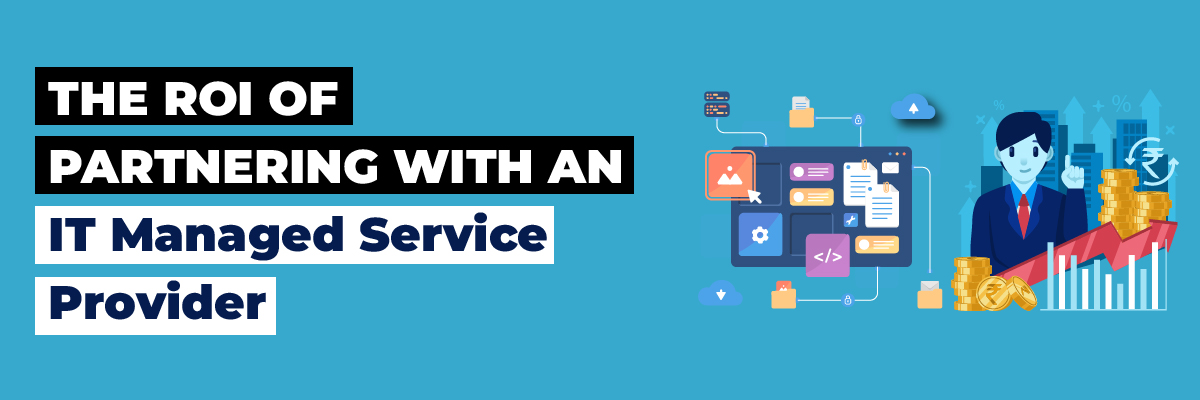
The ROI of Partnering with an IT Managed Service Provider
Over the past decade, business technology has experienced a notable surge in complexity. Cast your mind back just ten years, and the IT infrastructure typically utilized by your company was relatively straightforward. It might have involved managing a server in the basement, storing most documents in a shared drive, and receiving software updates via CD-ROM.
Fast forward to 2024, and corporate technology has undergone a significant transformation. A substantial portion of work is now conducted and stored online in the cloud. Remote work has become increasingly prevalent, accompanied by a surge in the use of apps and mobile devices, fundamentally reshaping traditional workplace dynamics.
Navigating this heightened complexity poses a considerable challenge. This is precisely where the value of an IT-managed services provider (MSP) shines through. But what exactly does an IT MSP entail, and how can they contribute to the success of your business?
Understanding the Value Proposition of an MSP
A reputable Managed Service Provider (MSP) dedicates substantial resources to thoroughly grasp the operational and business needs of Small/Medium Businesses. This deep understanding enables them to customize their technology services effectively, ensuring alignment with their client’s fundamental business goals. The primary goal of an MSP is to guarantee the smooth, efficient, and dependable functioning of your business in the long run. This mutual commitment to achieving success often leads to Managed Service Providers being viewed as genuine business allies.
Comprehensive Service Offerings
MSPs offer a wide range of services, from helpdesk support and cloud migrations to cybersecurity and app development. Whether catering to specific industries or specializing in certain technologies, MSPs provide versatile solutions to meet diverse business needs.
Tangible Benefits for Businesses
The advantages of partnering with an MSP are manifold:
1. Enhanced Return on Investment (ROI): Studies show that businesses can achieve significant cost savings by engaging with an MSP, ranging from 1% to over 50% annually. These savings stem from various factors, including avoiding hiring additional IT staff, optimizing spending, and implementing cost-effective solutions.
2. Risk Management: MSPs play a crucial role in addressing cybersecurity risks, conducting assessments, enhancing processes, and ensuring compliance with regulations such as GDPR, thereby mitigating the risk of fines and penalties.
3. Expert Advice and Information: MSPs serve as trusted advisors, offering tailored recommendations and insights to address specific challenges, whether related to cloud adoption, remote work, or emerging IT trends.
4. Cost Savings Through Automation: By leveraging cutting-edge tools and automation, MSPs drive significant productivity enhancements, mitigate risks, and reduce labor costs associated with traditional IT management models.
5. Proactive Service for Peace of Mind: Modern MSPs offer preventative services designed to identify and address threats before they escalate into major issues, ensuring the integrity and functionality of the technology infrastructure.
Examples of preventative services and tasks provided by MSPs include:
- Continuous monitoring of networks and operating systems, available 24/7.
- Remote Desktop Support and Management.
- Management of critical patches and software updates.
- Consulting services for IT and productivity enhancement.
- Implementation and testing of backup and disaster recovery procedures.
- Enforcement of network and security policies.
- Regular updates and detection of spyware, along with updating anti-virus software.
Considerations When Choosing an MSP
While the benefits of partnering with an MSP are clear, it’s essential to consider certain factors:
- Independence: Ensure that your chosen MSP prioritizes your organization’s best interests rather than external affiliations.
- Expertise: Verify an MSP’s ability to deliver on its promises by reviewing contracts, qualifications, and case studies.
- Levels of Support: Ascertain whether an MSP possesses the capabilities necessary to meet your organization’s unique needs effectively.
Who Benefits from MSP Partnership?
While nearly all organizations can derive advantages from collaborating with an MSP, certain sectors commonly utilize their services:
- Small and Medium-Sized Enterprises (SMEs): As SMEs expand, managing IT internally becomes less efficient, making external assistance a cost-effective strategy.
- Charities and Non-Profit Organizations: Limited budgets often make outsourcing IT support an attractive option for NGOs seeking guidance and technology delivery.
- Government Entities and Public Sector Organizations: MSPs provide the same benefits as internal IT departments at a more manageable cost, offering greater flexibility to public sector entities.
- Start-ups: External support from MSPs is instrumental in establishing the appropriate infrastructure and foundations as start-ups plan their growth trajectory.
Understanding the ROI of Your MSP Investment
Measuring the ROI of an MSP investment involves several steps:
- Define Your Goals: Establish clear objectives aligned with your MSP’s services, whether focused on security enhancements, minimizing downtime, or boosting productivity.
- Define Your KPIs: Identify Key Performance Indicators that track progress towards achieving your goals, considering factors like data availability and ease of tracking.
- Cost Savings: Compare the expenses associated with managing IT in-house with those of outsourcing to an MSP, including direct and indirect costs.
- Performance Measurement: Utilize ROI tools and metrics to assess your MSP’s performance, comparing it with industry benchmarks and evaluating areas for improvement.
Achieving Long-Term Success with MSP Partnership
In today’s business landscape, dependable IT systems are indispensable for sustaining long-term success. MSPs are pivotal in maximizing business potential by delivering measurable economic value, heightened ROI, and reduced operating costs.
At Protected Harbor, we are committed to providing exceptional IT support and cybersecurity services, prioritizing top-notch customer service and exceeding client expectations. Our mission is to empower clients to focus on their core business objectives by addressing their technology requirements promptly and effectively.
If you’re seeking a dependable IT partner that prioritizes your needs, look no further than Protected Harbor. Contact us today for a complimentary consultation and IT Audit, and discover how we can help you maintain a competitive edge in the market!


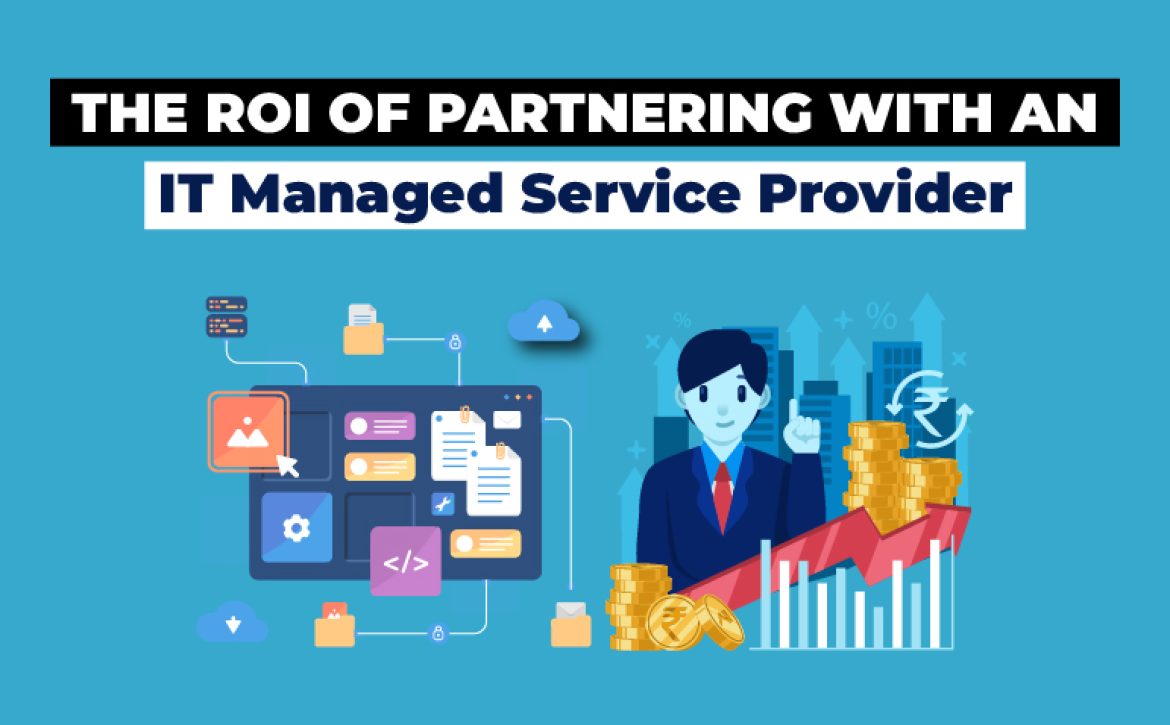





 Introducing Protected Harbor – The Top Choice Managed IT Services Provider in the US
Introducing Protected Harbor – The Top Choice Managed IT Services Provider in the US

 6. Customer Support and Communication
6. Customer Support and Communication



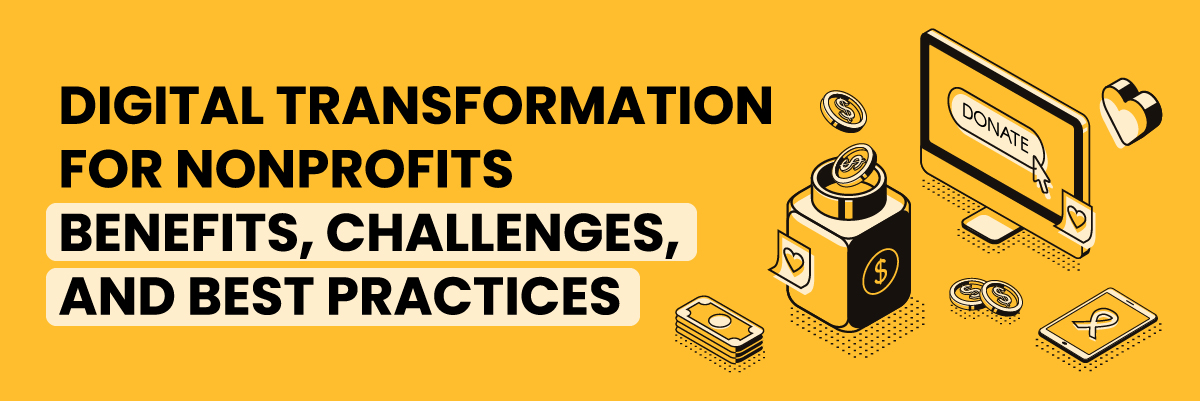

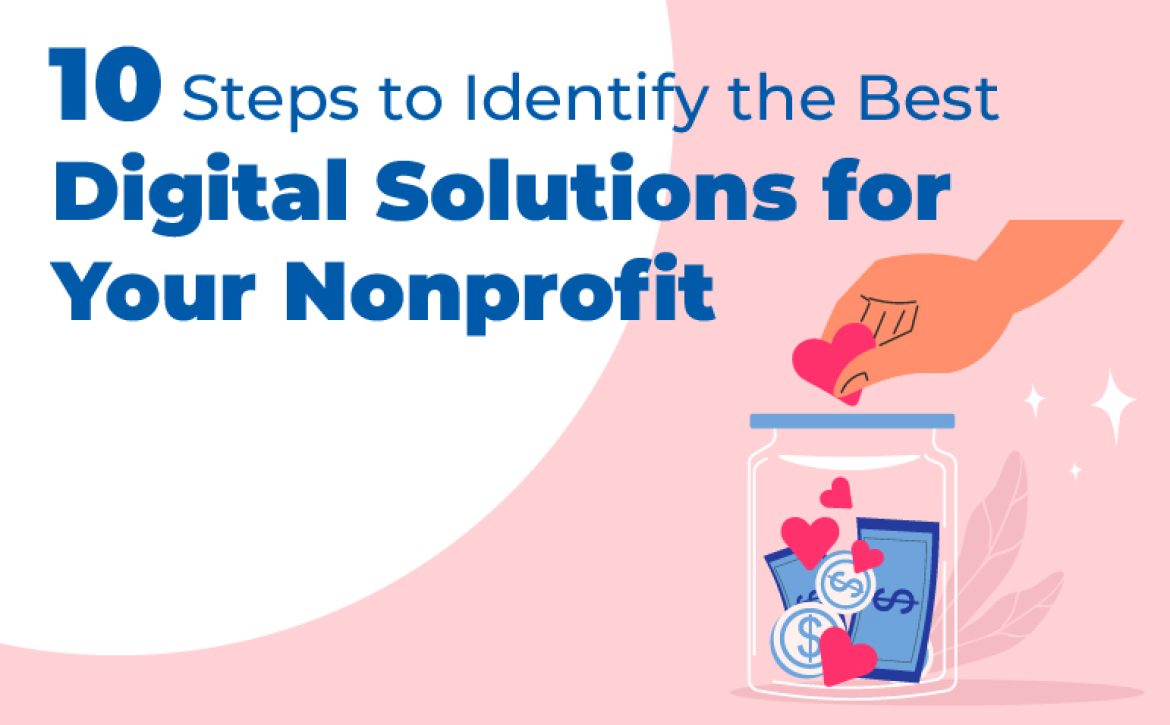

 Identifying the Right Digital Solutions for Nonprofits
Identifying the Right Digital Solutions for Nonprofits
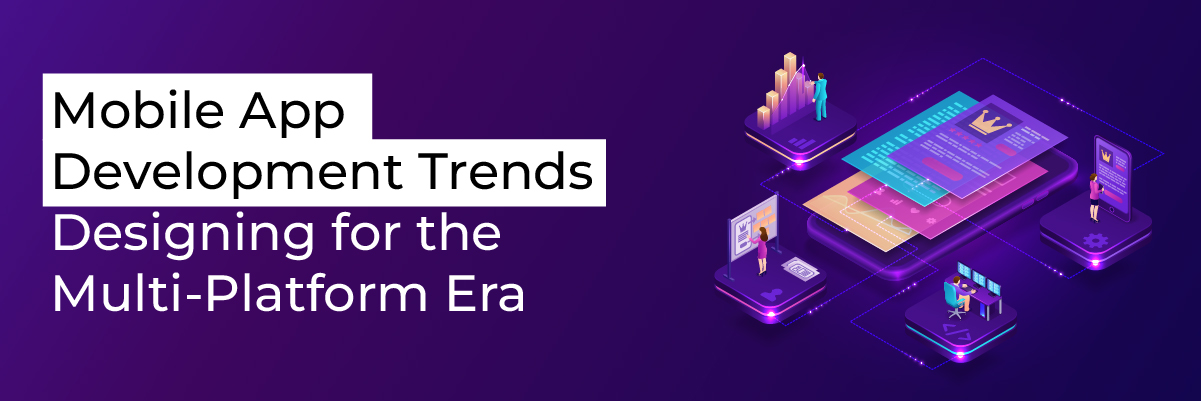
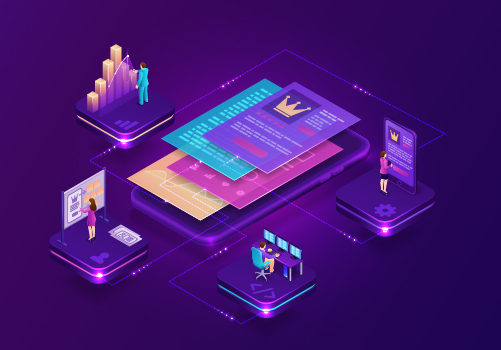
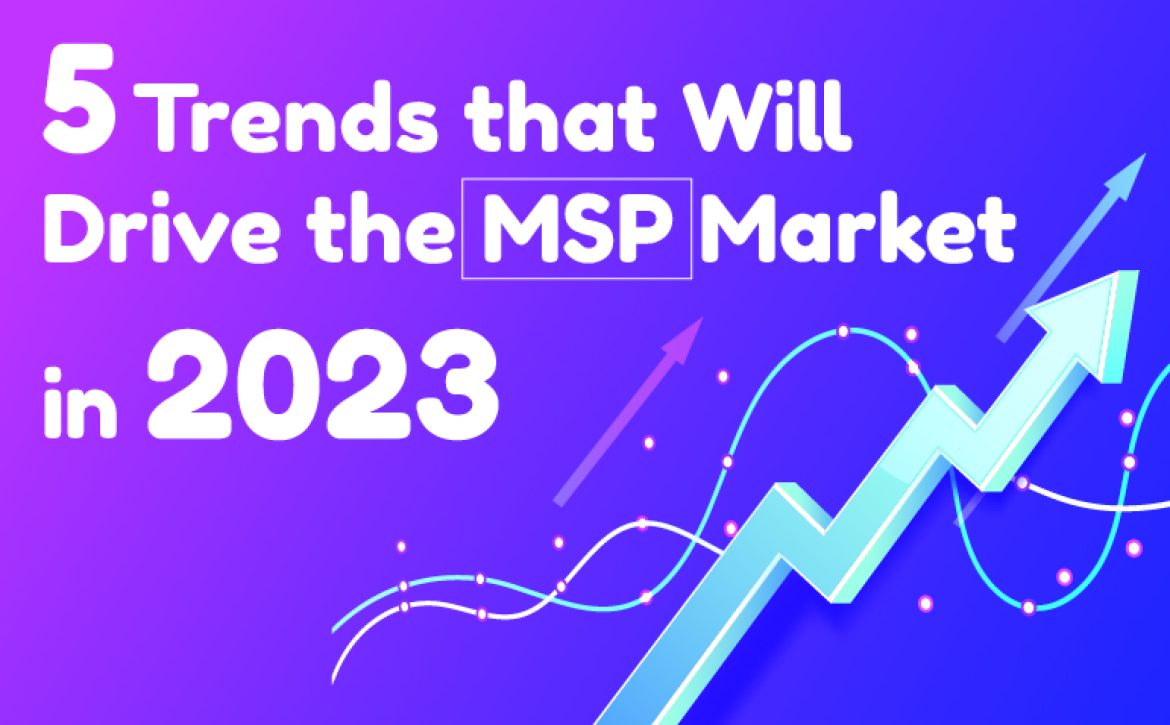
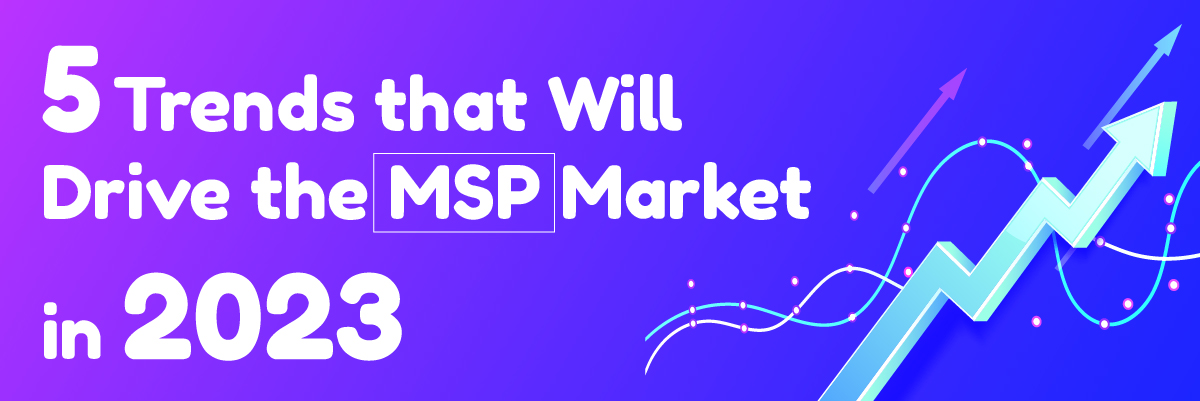
 Cloud-based Solutions are Becoming Increasingly Popular in the Managed Services Market
Cloud-based Solutions are Becoming Increasingly Popular in the Managed Services Market
